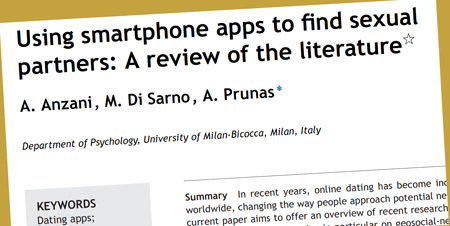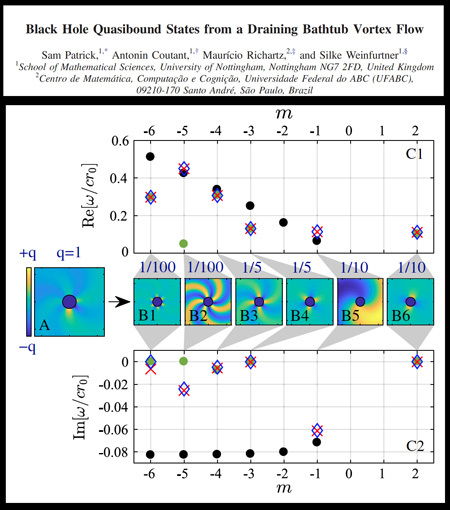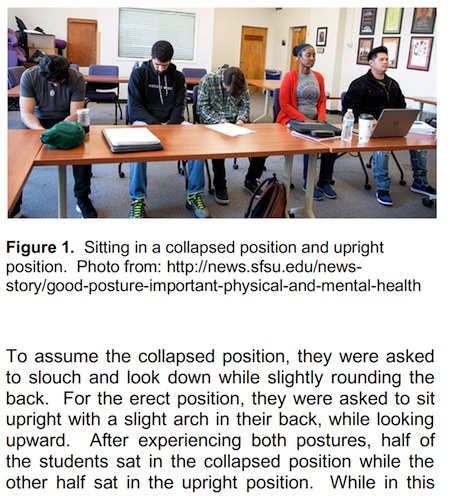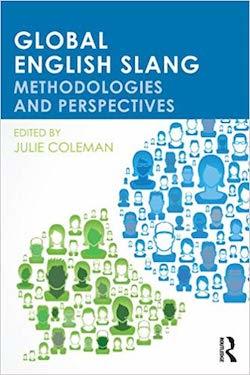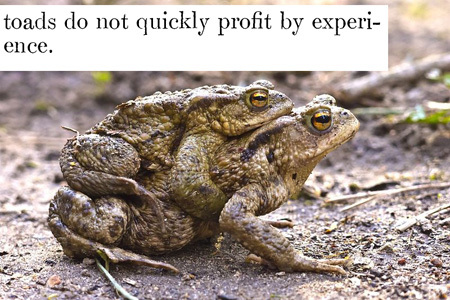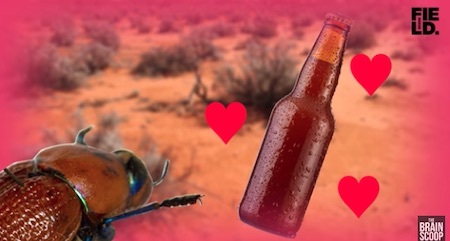Marc Abrahams's Blog, page 176
August 8, 2018
“Lesbians Evolved to Please Men” Theorist Menelaos and the Single Men of Reddit
Menelaos Apostolou, Associate Professor of Evolutionary Psychology at the University of Nicosia in the Republic of Cyprus, wondered why so many men on Reddit do not have an intimate partner.
Apostolou is also lead author on a recent study that explains that lesbians have evolved to please men. We wrote about that study. That study is called “The evolution of female same-sex attraction: The male choice hypothesis.”
On the new question—about why so many men on Reddit do not have an intimate partner—Apostolou did what professors of evolutionary psychology sometimes do when wondering about a question. He looked at data, and wrote a study about what he saw and what he thought about what he saw.
Here is a little chunk of a data table from the study:
The study is:
“Why Men Stay Single? Evidence from Reddit,” Menelaos Apostolou, Evolutionary Psychological Science, epub 2018. The author [pictured below], at the University of Nicosia, Cyprus, explains:
“In Western societies, a substantial proportion of the adult population does not have an intimate partner. The current paper puts forward an evolutionary theoretical framework, where people stay single for three main reasons, namely the mismatch between ancestral and modern conditions has resulted in several individuals lacking the adaptations necessary for attracting and retaining mates, individuals can increase their fitness by opting out of relationships, and individuals have constraints that prevent them from attracting a mate. The paper attempted to identify the reasons that drive men to be single and to investigate whether they were consistent with the proposed theoretical framework. More specifically, 13,429 responses from a recent Reddit thread were analyzed, and 6794 responses were coded and classified in 43 categories. Among the most frequent reasons that men indicated for being single included poor flirting skills, low self-confidence, poor looks, shyness, low effort, and bad experience from previous relationships.”
Apostolou also wondered “Why Do Men Play and Watch Sports?” He has thought and written about that question:
“[This] gives rise to another question, namely “Why people’s mind interprets doing and watching sports as entertaining?” In an evolutionary perspective, people interpret as entertaining and enjoyable these activities which, in an ancestral context, enabled them to increase their reproductive and survival success, usually termed fitness…
“In human species, one way for men to gain access to the reproductive capacity of the opposite sex is to fight other men and monopolize access to women. This so-called male-male competition results in fights between men which can…”

Using Smartphone Apps to Find Sexual Partners [research study]
How to use smartphones to pick up sex partners is a problem that’s been studied by scholars. Now, three other scholars have studied those studies. Here’s what they say they found:
“Using Smartphone Apps to Find Sexual Partners: A Review of the Literature,” A. Anzani, M. Di Sarno, and A. Prunas [pictured here], Sexologies, vol. 27, no. 3, July–September 2018, pp. e61-e65.
The authors, at the University of Milan-Bicocca, Italy, explain:
The current paper aims to offer an overview of recent research on mobile dating apps as a way to find sexual partners… The average app user profile is that of a white man having sex with men (MSM), between 25 and 35 years of age, with high education and income, who has a large number of sexual encounters and often engages in risky behavior (e.g., unprotected anal intercourse, drug or alcohol use during sex). Studies in the field suffer from several limitations, including a… paucity of studies on the positive sexual and relational outcomes of app use; finally, few studies explored app use in the LGBTQIA population as a whole, in addition to heterosexuals….
Finally, the large majority of studies were conducted in the United States, Australia or Asia, and there is still a lack of data from European countries.

August 7, 2018
A Black Hole in a Bathtub, More or Less [research study]
One can find dense, dark understanding in a bathtub, if one is a physicist. This new study provides an example:
“Black Hole Quasibound States from a Draining Bathtub Vortex Flow,” Sam Patrick, Antonin Coutant, Maurício Richartz, and Silke Weinfurtner, Physical Review Letters, vol. 121, nos. 6-10, 2018, 061101. The authors, at the University of Nottingham, UK, and Universidade Federal do ABC (UFABC), Brazil, report:
“We present a hydrodynamic analog of a rotating black hole that illustrates how the presence of extra structure affects the quasinormal mode spectrum. The analogy is obtained by considering wave scattering on a draining bathtub vortex flow. We show that due to vorticity of the background flow, the resulting field theory corresponds to a scalar field on an effective curved spacetime which acquires a local mass in the vortex core. The obtained quasinormal mode spectrum exhibits long-lived trapped modes, commonly known as quasibound states.”
There exists a video, prepared by the team:

Counter-Rotation Inside a Glass of Beer Shaken Stirringly
A round of surprise appears in a glass of beer—or a glass of coffee or tea—when you shake it stirringly. Details are in this study:
“Counter-Rotation in an Orbitally Shaken Glass of Beer,” Frédéric Moisy, J. Bouvard, and Wietze Herreman [pictured below], EPL [Europhysics Letters], vol. 122, no. 3, no. 34002, 2018. The authors, at Université Paris-Sud and Université Paris-Saclay, report:
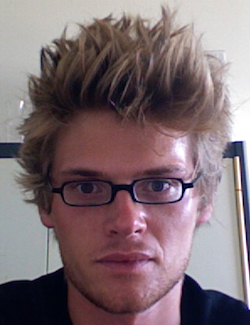
Wietz Herreman
“Swirling a glass of wine induces a rotating gravity wave along with a mean flow rotating in the direction of the applied swirl. Surprisingly, when the liquid is covered by a floating cohesive material, for instance a thin layer of foam in a glass of beer, the mean rotation at the surface can reverse. This intriguing counter-rotation can also be observed with coffee cream, tea scum, cohesive powder, provided that the wave amplitude is small and the surface covering fraction is large. Here we show that the mechanism for counter-rotation is a fluid analog of the rolling without slipping motion of a planetary gear train: for sufficiently large density, the covered surface behaves as a rigid raft transported by the rotating sloshing wave, and friction with the near-wall low-velocity fluid produces a negative torque which can overcome the positive Stokes drift rotation induced by the wave.”
The team whipped up some additional explanation, including this video:
(Thanks to Jean-Claude Bollinger for bringing this to our attention.)

“Therapeutic Touch” Expert’s New Discovery: Chair-Slumping and Mathematics
Erik Peper, co-author of an Ig Nobel Prize-winning book about how to cure ill people by holding one’s hand near them but not touching those ill people, has a new research study of students who did mathematics whilst slumping in their chairs. The new study is:
“Do Better in Math: How your Body Posture May Change Stereotype Threat Response,” Erik Peper, Richard Harvey, Lauren Mason, I-Mei Lin, NeuroRegulation, epub August 2018. The authors, at San Francisco State University, USA, and Kaohsiung Medical University, Taiwan, explain:
“This study investigates posture on mental math performance. 125 students (M = 23.5 years) participated as part of a class activity. Half the students sat in an erect position while the other half sat in a slouched position and were asked to mentally subtract 7 serially from 964 for 30 seconds. They then reversed the positions before repeating the math subtraction task beginning at 834. They rated the math task difficulty on a scale from 0 (none) to 10 (extreme). The math test was rated significantly more difficult while sitting slouched (M = 6.2) than while sitting erect (M = 4.9) ANOVA [F(1,243) = 17.06, p < 0.001]…. Discussed are processes such as stereotypic threat associated with a ‘defense reaction’ by which posture can affect mental math and inhibit abstract thinking.”
Erik Peper and the Ig Nobel Prize, and the vanished paper
The 1998 Ig Nobel Prize for science education was awarded to Dolores Krieger, Professor Emerita, New York University, for demonstrating the merits of therapeutic touch, a method by which nurses manipulate the energy fields of ailing patients by carefully avoiding physical contact with those patients.
Dolores Kreiger documented her work in a study co-authored with Dr. Peper. That study is “The Therapeutic Touch,” Dolores Krieger, Erik Peper, and Sonia Ancoli, The American Journal of Nursing, vol. 79, no. 4, 1979, pp. 660-662.
The Krieger/Peper/Ancoli paper seems to be absent from the journal’s web site, and is not mentioned in the table of contents of that issue of the American Journal of Nursing. Here is a reproduction of the first page of the article (we do ourselves have a copy of the entire article):
NOTE: The new, chair-slumping paper cites, as one of its inspirations, the much–acclaimed study “Power posing: Brief nonverbal displays affect neuroendocrine levels and risk tolerance.”

So students use slang?
 Do students at the University of Leicester use slang, and do they know they do? Or rather, did they, when they were students during the period 2004-2011? Those are among the questions driving this study:
Do students at the University of Leicester use slang, and do they know they do? Or rather, did they, when they were students during the period 2004-2011? Those are among the questions driving this study:
“Slang Used by Students at the University of Leicester (2004–11),” Julie Coleman, in Global English Slang, pp. 61-73. Routledge, 2014. The author explains:
“I have been surprised by how often students have claimed at the beginning of the course that they and their friends do not use very much slang. This has always proved to be inaccurate: students have never had any problem coming up with 100 slang words for their assessment. This might suggest that untutored students cannot distinguish between slang and Standard English, but the absence of slang from assessed essays undermines this supposition. Students do not tend to use slang when they are talking to me or even to one another within my hearing. Even during seminars for the slang module, students tend to talk about slang rather than using it unself-consciously. This indicates that although they are aware, on some level, that some of the terms they use are not appropriate to formal conversation or writing, they do not necessarily think of them as slang or use them for conscious effect.”

August 6, 2018
Doughnut holes revisited (new essay)
 Dr Suki Finn who is a postdoctoral research fellow in philosophy at the University of Southampton, UK, poses a question in a recent AEON magazine article : ‘Is a hole a real thing, or just a place where something isn’t?’ Pointing out that:
Dr Suki Finn who is a postdoctoral research fellow in philosophy at the University of Southampton, UK, poses a question in a recent AEON magazine article : ‘Is a hole a real thing, or just a place where something isn’t?’ Pointing out that:
“[…] a better understanding of where holes lie on the material/immaterial and thing/nothing divides should fill a gap in our knowledge of reality.”
And, to clarify, uses the special example of the doughnut (‘donut’ US)
“So, imagine a doughnut – the classic kind that is round with a hole in the middle, rather than the jam-filled kind. The dough of the doughnut is an example of what is called the ‘host’ of the hole – the stuff that surrounds the hole. Now imagine you put your finger through the hole in the doughnut, and wear the doughnut like a ring. Your finger is then an example of what is called a ‘guest’ in the hole – the stuff that is inside the hole. But now consider the doughnut in an early stage of its creation in a factory, about to get the hole cut out of the dough. What do we call the part of the dough that gets removed to create the hole?”
The photo used in the essay is from the Sally L. Steinberg Collection of Doughnut Ephemera, at the Smithsonian Institution, which points out variations in donut (‘doughnut’ UK) hole sizes in the US between 1927 and 1948.

August 5, 2018
Heaps of Clasping, Fighting, Kicking Toads, Squealing Like Mice
Toads, some of them, are capable of dramatic action. Here are two examples, one old, one not so old, from the scientific literature.
Heaps of Clasping, Fighting, Kicking Toads, Squealing Like Mice
Some toads sometimes form heaps of clasping, fighting, kicking males, squealing like mice, sometimes, suggests a study published in 1907:
“Response to Toads to Sound Stimuli,” A. Courtis, The American Naturalist, vol. 41, no. 491, November 1907, pp. 677-682. The author, at the Detroit Home and Day School, Michigan, reports:
There were many interesting things observed during the experiments. For one thing the males as well as the females responded to the call, which they could locate very accurately. At the beginning of an experiment, as soon as the males were put down they began to scatter in all directions, swimming excitedly about, now this way, now that. When there were twelve unattached males within four or five feet, a call by one of their number would bring the others from all directions, and in a second or two there would. be one or two heaps of clasping, fighting, kicking males, squealing like mice, and rolling over and over….
From these observations I conclude that both male and female toads can hear and locate in space the call of the male; that the response is unintelligent and mechanical; that to the sound of the mating call a motor response is given, which serves to bring the sexes to the same place; that motion is the stimulus which starts the clasping reflex; that neither sex is able to recognize the other without actual contact; that toads do not quickly profit by experience.
Toads Rolling Downhill From a Tarantula
Some toads form a ball and roll downhill when attacked by a tarantula, at least sometimes, suggests this brief BBC video:
(Thanks to Laura Bassett for bringing the rolling toad to our attention.)

August 4, 2018
Beetles mating with beer bottles, in a minute
A pithy (1-minute-long) telling, by TheBrainScoop, of the story of beetles that mate with beer bottles:
The discovery of this biological fact was rewarded with an Ig Nobel Prize. The 2011 Ig Nobel Prize for biology was awarded to Darryl Gwynne and David Rentz for discovering that a certain kind of beetle mates with a certain kind of Australian beer bottle.

August 3, 2018
Tapas Bar is not a tapas bar, in Kolkata
The existence of a new physics research study is a reminder that Tapas Bar, the physics researcher, is not a tapas bar, though both are in the city of Kolkata.
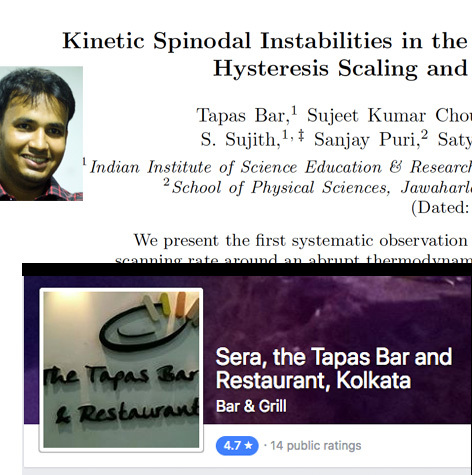
(Thanks to Mason Porter for bringing this to our attention.)

Marc Abrahams's Blog
- Marc Abrahams's profile
- 14 followers





